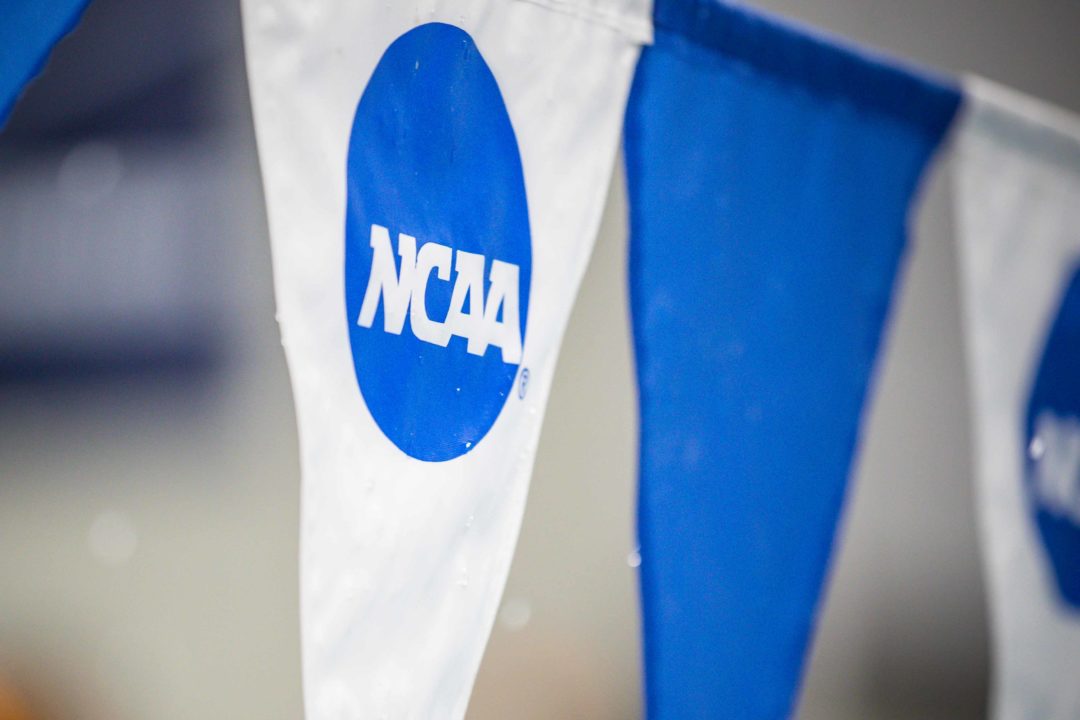The NCAA Division II Administrative Committee on Monday approved a recommendation to reduce bracket and field sizes for the 2021 Division II winter and spring championships.
The reductions varied to different degrees from the originally-proposed 25%-per sport. 12 of the 18 winter and spring championship fields were reduced by 25%. The committee emphasized that these are “one-year changes, made during a pandemic in order to secure the long-term future of the division.”
The NCAA cited costs as the reason for the reduction, saying that “the Division II budget for the 2020-21 fiscal year faces challenges due to the COVID-19 pandemic.”
In addition to reduced revenue from the cancellation of 2020 championship events, the NCAA expects costs for this year’s championships to go up because of testing and other safety protocols. While the organization says that it saved money by cancelling the 2021 fall championships, it has already pulled ‘nearly $5 million’ from its reserves to cover expenses for last year.
The cancellation of the Division I Men’s Basketball Championships last season, from which the NCAA receives most of its annual revenue, caused a reduction in allocation of about $35 million to Division II. D2 did receive $15 million from an event cancellation insurance policy.
For swimming & diving, the only aquatic sports sponsored by Division II, the men’s and women’s fields have both been dropped to 146 competitors. For men’s swimming & diving this is a reduction of 17% from the ‘full size’ of 175 participants, while for women’s swimming & diving this is a reduction of 29% from the ‘full size’ field of 205 participants.
Multiple Division II coaches that SwimSwam has spoken to weren’t sure how this reduced field will be divided among swimmers and divers, or how it will impact relay-only invitees. While the official listed number of participants is 175 and 205 historically (including individual swimmers and divers), the actual number of participants typically exceeds that because of relay-only swimmers.
The NCAA did not respond to a request for clarification on the selection procedures.
Based on historical selection procedures, this should allow each event to have the top 16 performers from the regular season invited, though there are some mathematical wrinkles that could inhibit that. That’s a crucial breakpoint because 16 places are scored. While there will almost certainly be more than 16 per event once invited swimmers add their optional 2nd and 3rd events, inviting the top 16 from the regular season maintains some of the integrity to the scoring process.
Last year’s NCAA Division II Championships were canceled midway through last season. That means both the Queens men and women enter this year with 5 consecutive championships. Unlike their counterparts in Division III, where there have been mass-cancellations of the 2020-2021 winter sports season, most Division II programs appear to be trudging onward with their plans for this season.
The Division II men’s and women’s swimming & diving championships will be held from March 17-20 in Birmingham, Alabama. That’s a week later than they were originally scheduled, as the meet was delayed to dissolve the multi-sport championship weekend originally scheduled and in the interest of reducing the number of people in attendance at one time.
Prior Year’s Selection Procedure:
The women’s individual cut line was 26 and the men’s was 21. The men’s meet is capped at 175 participants (157 swimmers/18 divers) and the women’s meet at 205 participants (183 swimmers/22 divers). In most years, the women’s cut line is 26 or 27 and the men’s was 21 or 22.
All individual swimmers who achieved “A” time standards were selected to the meet. If the number of swimmers in each event with A cuts was unequal, one entry was be added to each event in event order (excluding those already populated by “A” qualifiers) until each event has the same number of swimmers. Once all events were equal in number, the process of adding one entry to each event in event order was be repeated as long as each individual event in the entire order of events can receive an additional entry and the number of total competitors will remain below the participant cap.
At some point, the addition of one entry per event to the entire order of individual events caused the individual cap to be exceeded. At this point, the spots filled in the incomplete row were removed and the remaining spots were filled by comparing a student-athlete’s individual event times to the Division II championships “A” time standard by percentage.
Division II selects relays differently than Division I and III. Here’s the process, per the 2019 Pre-Championships Manual:
- Each institution with at least four invited swimmers will be eligible to swim relay events.
- Each institution with at least one invited swimmer who meets a Provisional Standard for a relay event and properly entered that relay through the Online Meet Entry system will be eligible to participate in that relay.
- nstitutions may bring up to four student-athletes to serve as relay-only swimmers. Relay-only swimmers are student-athletes who were not invited to the championships in an individual event but can participate in qualified relays if needed.
Each team is capped at 18 student-athletes of each gender; divers count only as 1/3 of a competitor.

Smart move